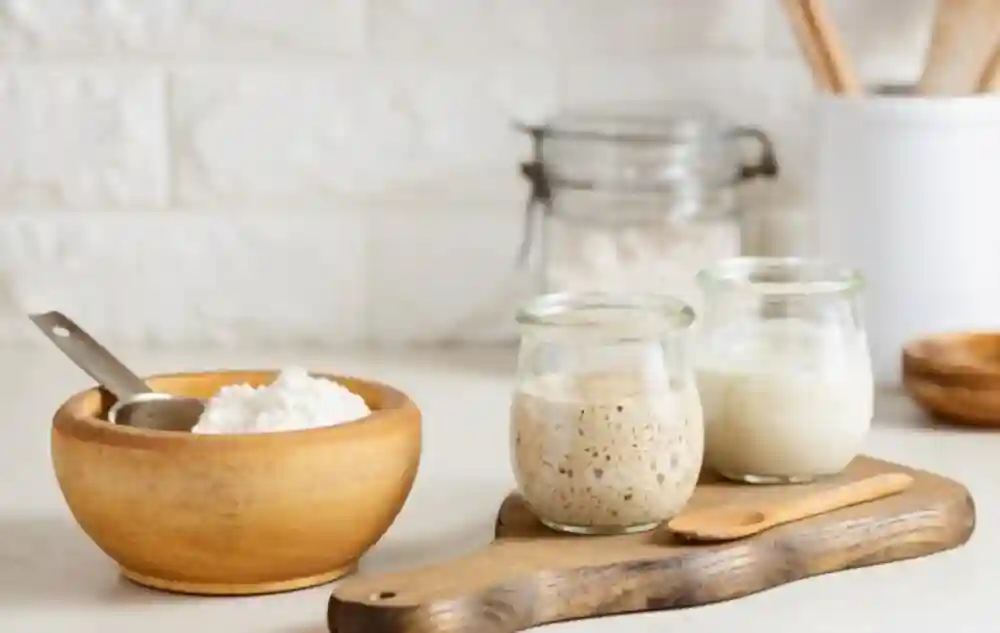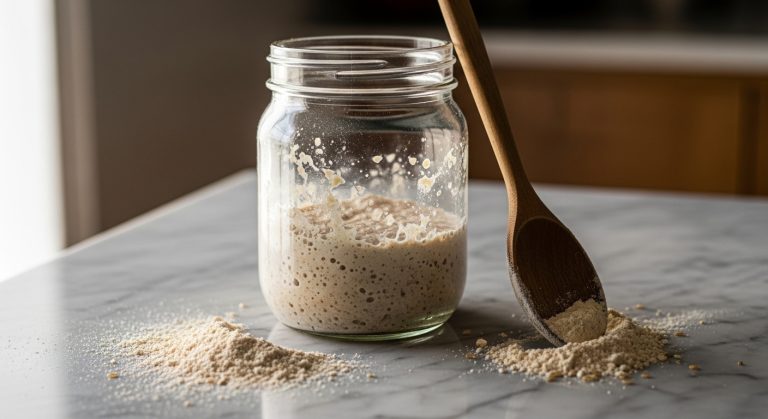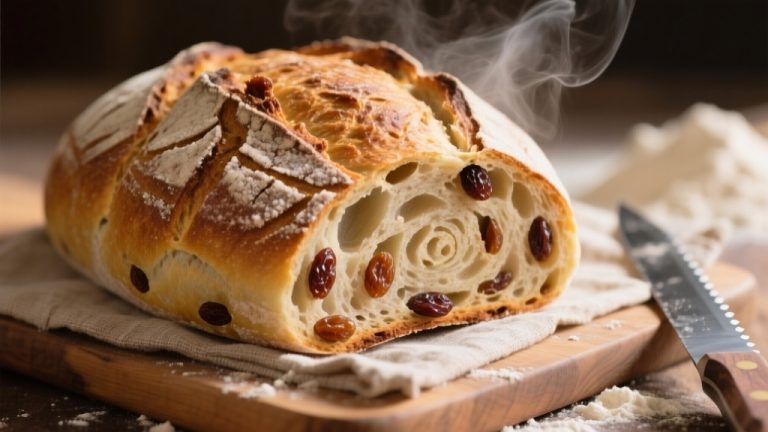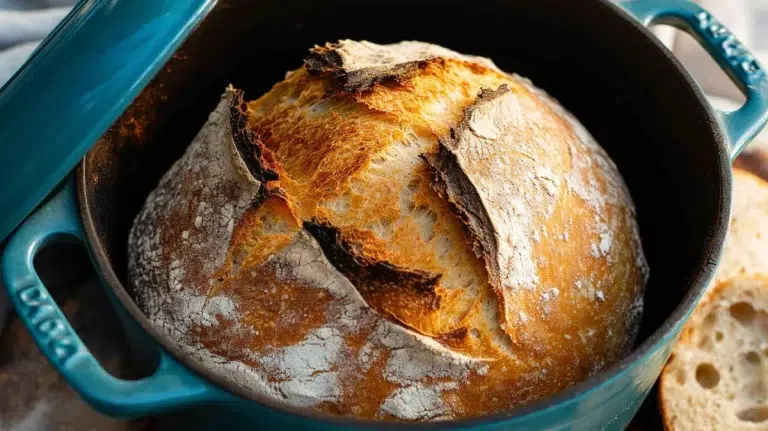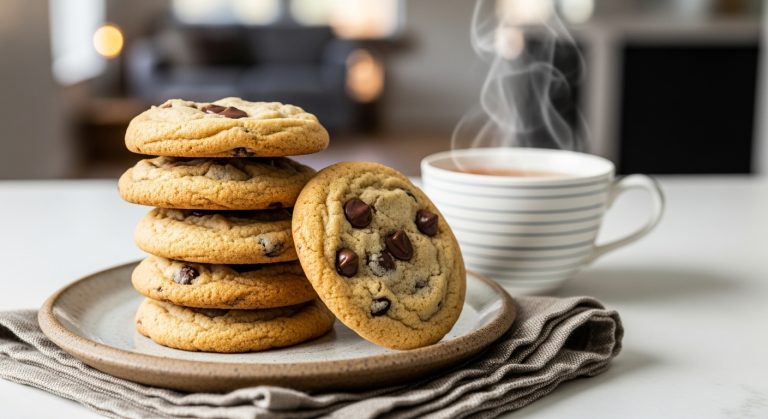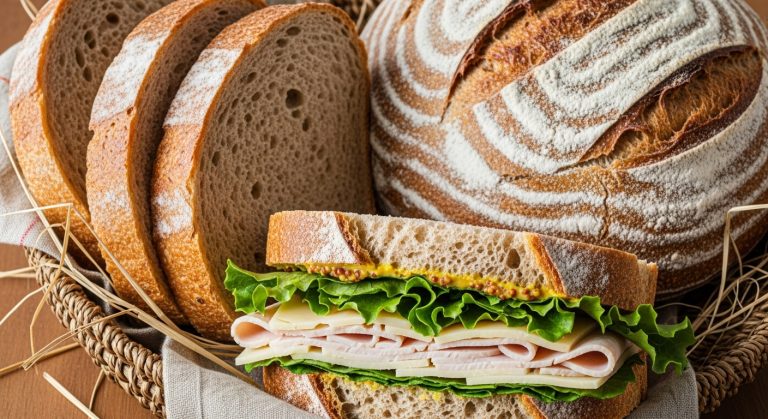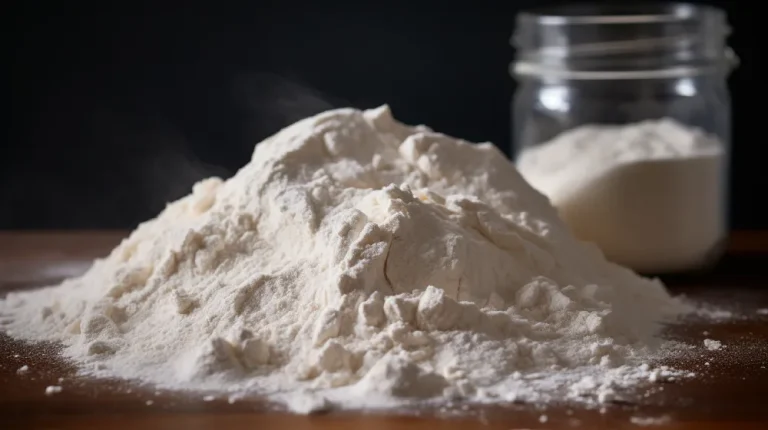Why Discard Sourdough Starter Before Feeding and What to Do With the Discarded Portion?
Sourdough baking is a craft steeped in tradition and requires attentive care to achieve the perfect loaf. When it comes time to feed your starter, you may question why bakers discard a portion before nourishing their dough with more flour and water.
After all, isn’t that against the goal of keeping it alive? The answer lies in fermentation: discarding part of the existing batch keeps its strength balanced, resulting in better flavor, texture, and oven rise due to controlled acidity levels.
Mastering this age-old technique produces bread like no other. Let’s learn more basics about why discard sourdough starters before feeding and what to do with the discarded portion to ensure successful sourdough baking.
What is a Discard?
Discarding is when you remove a portion of the sourdough starter before feeding and discarding it. When you mix flour and water together, you create an environment perfect for wild yeast to thrive.
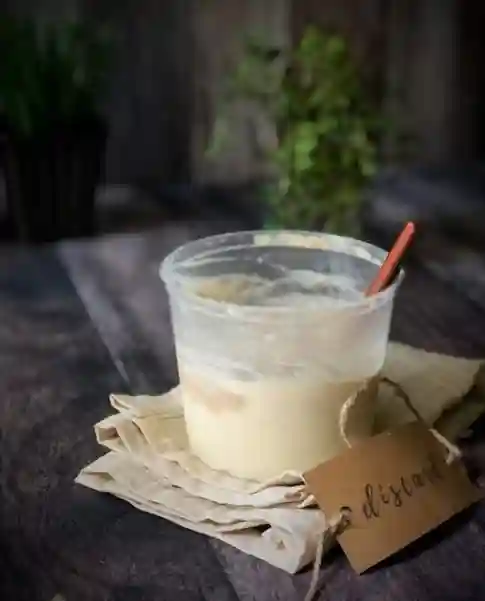
As the yeast and bacteria fermenting on wheat results in carbon dioxide production that causes rising action. Thus they need more microbe-friendly ingredients at regular intervals for long-term health.
Discarding a portion of the starter before feeding helps to manage its strength and balance. This allows bakers to control their starter’s acidity, affecting flavor, texture, and even oven rise.
Furthermore, it’s important to consider the number of microorganisms in your mix; too many will crowd out other beneficial bacteria necessary for good fermentation. Therefore, discarding some starters before feeding is a way to thin out the population and ensure that your bread has the right taste and texture balance.
During the sourdough starter feeding process, alcohol and carbon dioxide are produced. Alcohol is responsible for the characteristic sour taste of the bread, while carbon dioxide produces the fluffy texture we know and love. This combination of alcohol and gas is what allows sourdough bread to rise in an oven, as well as its unique flavor profile.
However, if you don’t discard some of the starters before each feeding, the mixture can become too alcoholic. This can make your bread taste overly sour.
Also, too much alcohol can inhibit yeast growth, which will make your bread rise less. That’s why it’s important to discard some of the starters before each feeding.
Why do You have to Discard Half of the Sourdough Starter Before Feeding: The Science Behind Discarding
While it may seem counterintuitive, there are a few good reasons for discarding sourdough starters before feeding. Here are some of the reasons why:
- The main reason for discarding sourdough starter is to maintain the health of your starter and helps to prevent your starter from becoming overloaded with yeast and bacteria. Like any other living thing, sourdough starters must be fed regularly to stay healthy and active.
If you don’t discard starters between feedings, the yeast, and bacteria will multiply unchecked. This imbalance in the starter culture can affect the flavor and texture of your bread.
This can also lead to an unhealthy starter that is more susceptible to mold and other problems.
- The second reason has to do with timing. When you feed your starter, you’re essentially giving it a meal of fresh flour and water. This ‘meal’ jumpstarts the fermentation process, giving sourdough distinct flavor and texture.
However, if you don’t allow enough time for the fermentation process, your bread will taste flat and dense.
- The third reason for discarding some starters is that it allows you to control the amount of flour and water you add to the starter. If you don’t discard some of the starters, you will need to add more flour and water to the mixture, which can throw off the ratio of ingredients.
- Another reason has to do with taste. Like anything else, sourdough starters develop their own unique flavor profiles over time.
Unless you discard some starters before each feeding, that flavor will become increasingly strong and intense. While some people enjoy this flavor, others find it unpalatable.
By discarding some of your starters before feeding them, you can help keep the flavor in check.
How Much Starter Should You Discard?
So how exactly do you discard part of your sourdough starter before feeding it? The best way to do it is by using a scale to be precise about how much starter you’re getting rid of every time.
There’s no hard-and-fast rule for how much starter you should discard before each feeding. A general rule of thumb is to discard half of the starter before feeding it fresh flour and water to replenish it.
For example, if your recipe calls for 1 cup (240 grams) of sourdough starter, you would discard 1/2 cup (120 grams) before adding fresh flour and water. Then, once you’ve added fresh flour and water, stir everything together until well combined.
Your starter is now ready to use.
As your sourdough starter grows older, it may need more frequent refreshing cycles than when it was first created.
The amount discarded should increase accordingly so that there is enough space for all organisms in the culture. Discarding part of your sourdough before each refreshment cycle helps ensure that your current batch doesn’t outgrow its container due to overpopulation by microbes.
What to Do With Discarded Sourdough Starter?
Now that you know why it’s important to discard some of your sourdough starters each time you feed, you may be wondering what to do with all those discarded starters. After all, it seems like such a waste just to throw it away.
But a discarded sourdough starter is a great way to add adventurous flavor and texture to your baking. With a little creativity, you can find all sorts of uses for it.
- There are quite a few things you can do with discarded sourdough starters. The discarded portion is an unfed starter, so it can be used in any recipe that calls for an unfed starter.
- The best way to use your discarded starter is to bake with it. This is a great way to use what would otherwise be wasted and add some extra flavor to your baked goods.
The sourdough discard can be used in recipes in place of regular flour when making pancakes or waffles.
- You can also use it to make crackers or beer bread. Sourdough starters can also make muffins, cakes, or even pizza dough. The possibilities are endless.
- You can also use the discarded portion to make breadcrumbs or crispy crackers. Simply spread the discarded starter on a baking sheet, sprinkle with seasonings of your choice, and bake until lightly browned and crisp.
- If you don’t want to use it immediately, you can store it in the refrigerator for up to a week or in the freezer for up to six months. Add some of your discarded starters to a jar, cover with a tight-fitting lid, and store in the refrigerator or freezer until you’re ready to use it.
- And when you want to use it, simply remove it from the refrigerator or freezer and let it come to room temperature before using it. Then, use it as you would a freshly made starter.
So don’t throw it away; put it to good use.
I Forgot to Discard My Starter. What Should I do?
Even experienced bakers find themselves in the “oops!” moment when they realize they forgot to discard their starter. Don’t worry, there’s still a way out.
Maybe it’s still possible to salvage your starter and get back on track. Just discard half of your starter, add some new flour and water, mix them together until combined, and fermentation can continue as normal.
But, if it’s been more than 24 hours since you last fed your starter, it may be too late, and the best option is to start over. Discard all of your starters and begin again with fresh flour and water.
It is necessary to discard a portion of your sourdough starter when making a new batch. Otherwise, the starter will become too crowded with organisms and can start to lose its flavor. Bacteria and yeast use up the food sources in the starter and produce alcohol and acid, which can cause it to become overly acidic or even go bad.
And if you do not discard some of the starters during each refreshment cycle, the starter will become too much for your container and could overflow or create a mess. So, to avoid this, discard at least half of the starter before each refreshment cycle.
This should allow space for more yeast and bacteria to grow and provide them with fresh food sources from the new flour added.
By discarding some of the old sourdoughs, the room is also made for new bacterial cultures to develop, giving your sourdough its unique flavor profile. Additionally, discarding part of the starter prevents it from becoming too acidic or reaching a point where it is no longer viable for baking.
Is it Possible to Leave a Sourdough Starter Unfed for an Extended Period?
Sourdough starters can go unfed for a significant length of time. Depending on how it is stored, the starter can remain viable for up to several weeks or even months without being fed.
It is important to store the starter in an air-tight container at a cool temperature to help preserve its life expectancy. When storing the starter at room temperature, it should be fed every seven days. Refrigerated starters should be fed every 14 days in order for them to stay active and healthy. If you plan on not using your sourdough starter for an extended period of time, freeze it so that it can remain viable longer than when just refrigerated.
Before freezing, feed the starter and let it ferment overnight before transferring it into freezer-safe containers or bags. Once frozen, the sourdough starter can remain good until you are ready to use it again.
Is It Possible that I Killed My Starter?
It is highly unlikely that you killed your starter. However, if you are concerned that your starter may not be active, there are steps you can take to check.
First, look for signs of fermentation, such as bubbles or a sour smell. If your starter does not show any signs of fermentation, you can try feeding it and waiting a few hours to see if it becomes active.
If your starter still shows no activity, it is possible that it has died, and you will need to start over with a new one. Reasons may the contamination from bacteria or mold, too much flour added in the last refreshment cycle, a drastic temperature change, or lack of airflow.
Whatever the cause, starting fresh with a new starter is always an option.
Preserve Your Discard for Deliciousness
Discard isn’t a bad word when it comes to baking. Instead, think of discard as an opportunity to unlock flavor and texture in your bakes. From using discarded sourdough starter in pancakes, waffles, or pizza dough to incorporating the flavorful liquid into bread and pastries, getting creative with your discard can take your bakes to the next level.
Discard can flavor other recipes such as soups, sauces, and dressings. So don’t let that discarded sourdough starter go to waste. Get creative and discover new ways to bring out the unique flavors hidden in your discard.
Happy baking.

